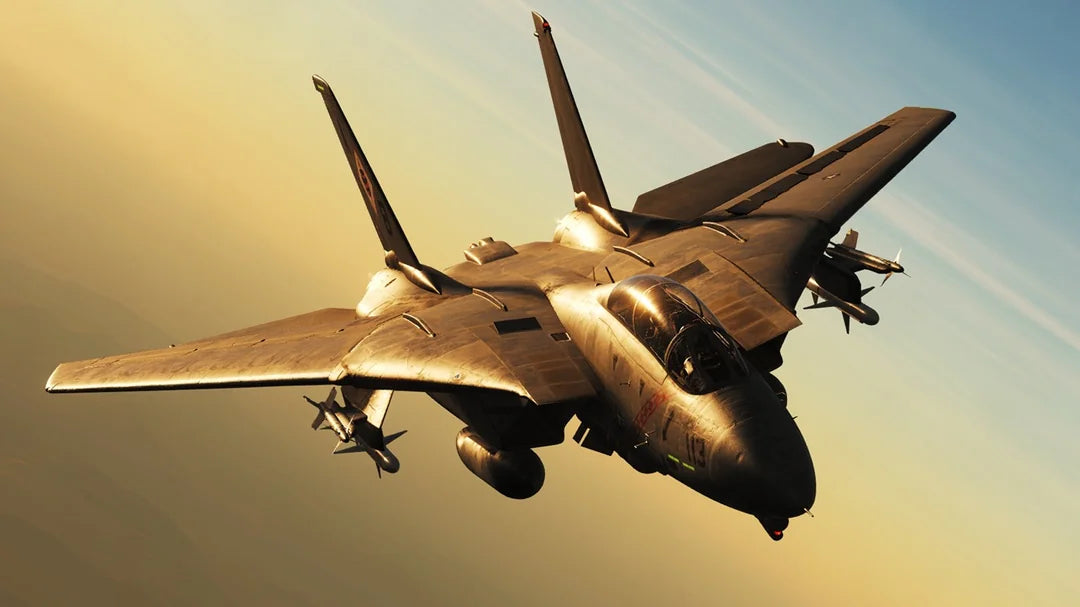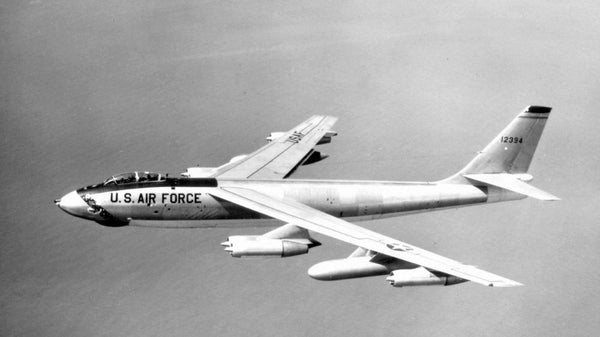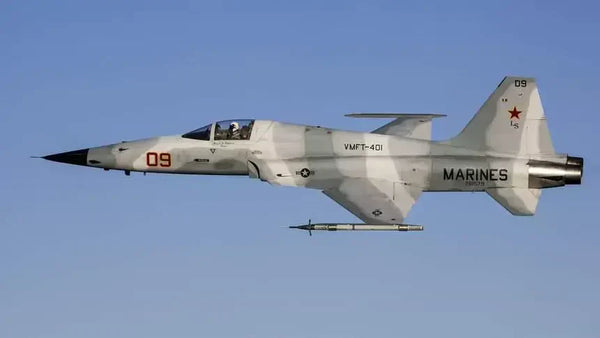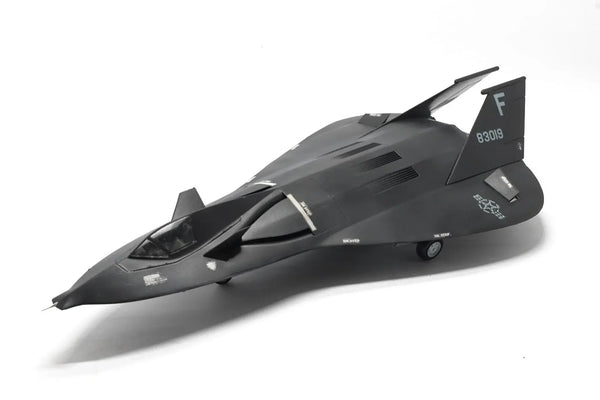The air was thick with Cold War tension. For decades, the skies above the oceans had been a silent battleground of technological one-upmanship, and as the 1960s drew to a close, America found itself staring down an ominous new threat. The Soviet Union was flexing its military muscle with formidable long-range bombers and cruise missiles, all backed by the terrifying speed of the MiG-25 Foxbat, a new interceptor that seemed to defy the laws of aerodynamics.
The United States Navy, guardian of the seas, knew it needed a champion. It needed a fighter that could patrol vast stretches of ocean, detect threats from impossible distances, and deliver a decisive blow. For a time, the F-14 Tomcat would become that symbol, an airborne sentinel standing ready against the red tide.
The Cold War Challenge: A Sky Full of Threats
Imagine the chilling scenario: Soviet bombers, laden with conventional or even nuclear payloads, streaking towards an American carrier battle group, protected by a swarm of cruise missiles. How do you defend against that? Traditional fighters lacked the endurance, the radar reach, and the sheer firepower. The Navy's requirement was clear: an F-14 interceptor that could provide air superiority and fleet defense with exceptional range, a radar powerful enough to see beyond the horizon, and the ability to engage multiple high-speed targets simultaneously. The stakes couldn't have been higher.
From F-111B Failure to a New Vision
Before the Tomcat, there was another hope, a massive swing-wing aircraft designed for both air force and navy: the F-111. While the Air Force version found its niche, the naval variant, the F-111B, proved to be a spectacular failure. It was too heavy, too sluggish, and utterly unsuited for the precise, demanding art of carrier landings and dogfighting. A frustrated Navy brass pulled the plug, launching a desperate new program: VFX, or Naval Fighter Experimental. They needed a new vision, a clean slate, and a genuine carrier fighter that could dominate the skies.

F-111B
The Birth of a Legend: The F-14 Tomcat
From the ashes of the F-111B’s failure, a phoenix began to rise. Grumman F-14 was the answer, a revolutionary design that would change aerial warfare forever.
What made this F-14 fighter jet so unique?
- Variable-Sweep Wings: This was the Tomcat's signature feature. These F-14 variable wings could pivot from nearly straight for maximum lift during takeoff and landing, to swept back for supersonic dashes, giving the Tomcat unmatched flexibility across all speed regimes.
- AN/AWG-9 Radar: The heart of the F-14 radar AN/AWG-9 system was its ability to detect threats from beyond visual range. For the first time, U.S. Navy pilots could “see” their opponents long before being seen.
- AIM-54 Phoenix Missiles: The F-14 carried the deadly F-14 Phoenix missile, the first long-range missile system capable of tracking and destroying multiple targets simultaneously. One F-14 Navy jet could launch six Phoenix missiles at once—turning it into a flying fortress of destruction.
And the name? "Tomcat" was chosen in honor of Vice Admiral Thomas F. Connolly, a fierce proponent of the VFX program. The name perfectly embodied the agility and predatory nature of this Cold War jet fighter.

F-14 Dimensions
First Flight and Early Challenges
On December 21, 1970, the F-14 Tomcat roared into the sky, beginning its journey towards legendary status. Yet its early years were turbulent. The unreliable TF30 engines frustrated pilots, and development costs soared. Still, the F-14 aircraft history is defined not by these challenges but by the unmatched capabilities that kept it far ahead of rivals.
Cold War Service and Iconic Status
Throughout the darkest days of the Cold War, the F-14 carrier fighter stood as the U.S. Navy’s first line of defense. From intercepting Soviet bombers like the Tu-95 “Bear” to patrolling vast oceans, the Tomcat embodied American naval power.
But it wasn’t just its military record that made it iconic. In 1986, F-14 Top Gun catapulted the jet into global stardom. The sight of Maverick and Goose pulling daring maneuvers in their sleek F-14 jet fighter captivated millions. The Tomcat became more than a war machine—it became a legend of cinema and culture.

Top Gun Poster(1986)
Legacy of the F-14 Tomcat
The Tomcat flew with distinction for over three decades before being retired and succeeded by the F/A-18E/F Super Hornet in 2006. Its design advanced fighter development—showing the value of long-range radar, adaptable aerodynamics, and powerful long-range missiles. It remains one of the most beloved fighters in aviation history.
The F-14 legend lived on for more than three decades, serving until 2006 before passing the torch to the F/A-18E/F Super Hornet. Yet, its influence is everlasting. The Tomcat pushed the boundaries of fighter design with its radar, missiles, and variable wings, becoming one of the most beloved jets in history.
Own a Piece of History
Celebrate the legacy of the F-14 Tomcat with a finely crafted wooden model. Perfect for desks, shelves, or as a gift for any aviation enthusiast—handmade, detailed, and ready to display.
Get Your F-14 Wooden Model



